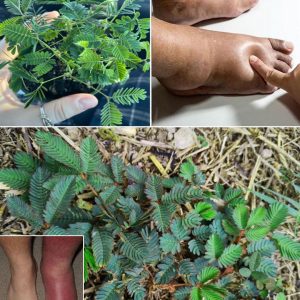
Worms are commonly found in fruit and are a clear sign that the fruit is rotting or has been contaminated in some way.
It’s important not to eat the affected part and to cut out any section of the fruit where the worm is present to avoid potential health issues.
Finding worms in fruit is especially common with organic produce or fruit that hasn’t been eaten quickly. There’s no need to panic, but it’s good to be aware of the possible risks. These white worms are usually fly larvae, and their presence indicates that the food has been contaminated and, technically, should no longer be eaten.
In most cases, though, it’s enough to thoroughly wash the fruit and remove any rotten parts. And if you happen to bite into an apricot or a peach and find a little “friend” inside, don’t panic.

Are They Dangerous?
Generally speaking, no. However, considering what worms feed on—decaying meat or feces—they can pose health risks in the following ways:
• Bacterial Poisoning: Eating worms can lead to bacterial infections. Most fruit flies lay their eggs on rotting food, feces, or garbage. As a result, the larvae (worms) can carry harmful bacteria like Salmonella and E. coli. Common symptoms of a bacterial infection include nausea, vomiting, fever, and diarrhea. In more severe cases, it can even cause bloody stools.
• Myiasis: Myiasis is a type of infection that occurs when fly larvae invade and feed on the living tissue of humans or animals. This typically happens in individuals with poor oral hygiene, as the larvae settle in unsanitary areas of the mouth.
• Allergic Reactions: Some types of larvae can trigger allergic reactions in certain individuals. These reactions can include asthma-like symptoms or respiratory issues. Some people also report contact dermatitis after accidentally consuming larvae.

How to Avoid Worms in Fruit
To reduce the risk of encountering worms, try to eat fruit before it becomes overly ripe. It’s also essential to inspect food before consuming it. Lastly, always wash fruit thoroughly, as even invisible contaminants can be just as harmful as visible ones.




